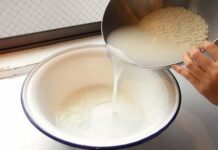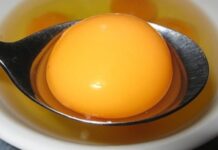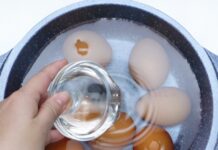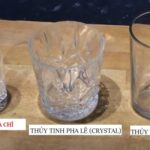Why Does Glass Contain Lead?
Dr. Tan explains that ordinary glass typically comprises silica oxide, calcium oxide, and sodium oxide. Heat-resistant glass often contains boron compounds, known as borosilicate glass. “When purchasing food storage containers, baking trays, freezer trays, or food warmers, opt for borosilicate glass,” advises Dr. Tan.
According to Dr. Tan, manufacturers introduce lead (in the form of PbO) into the glass for the following reasons:
1. Aesthetic appeal: Lead oxide increases the refractive index of glass, making it sparkle and appear brighter.
2. Cost-effectiveness: Lead glass has a lower melting point than other types of glass, reducing production costs and speeding up manufacturing. It is softer and easier to cut, with a lower viscosity that facilitates molding.
The female professor adds that lead glass used to be popular for its aesthetic appeal and resemblance to crystal. While it is less commonly used today, a small number of household appliances still contain lead glass.
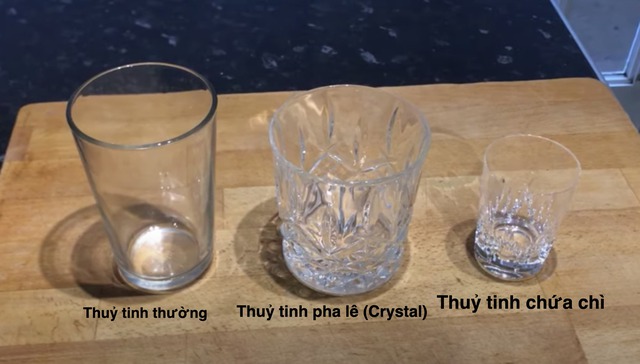
Of the three glasses, the smallest one on the far right contains lead (lead glass)
Image source: Dr. Vu Thi Tan
Identification Methods
Method 1: Soak the glass item in vinegar for 6-12 hours. Use a lead test strip (available on e-commerce platforms), and if the indicator pad changes color, the glass contains lead.
Method 2: Lead glass is typically thin but relatively heavy, with clear and crisp coloration.
Method 3: Use a UV lamp to inspect the glass. If the glass turns purple/blue under UV light, it contains lead.
Method 4: Lead glass will produce a metallic ringing sound when struck, similar to striking a metal object.
Note: Methods 2 onwards are external identification methods and may not be 100% accurate, as cautioned by glass experts.
As a precautionary measure, fill the glass item with white vinegar and let it sit for 24 hours before rinsing and using it. This is because most lead oxide molecules (if present) will leach into the acidic solution.
Dr. Tan believes that manufacturers are now very cautious about using lead oxide in glass, knowing that it will hinder sales. Many manufacturers even label their products as “lead-free” to reassure consumers. However, trace amounts of lead may still be present as impurities in the raw materials, such as sand and limestone. Housewives are advised to opt for heat-resistant borosilicate glassware or products with clear origin labels.
“The Tell-Tale Sign of Chemically Enhanced Shrimp: A Guide to Spotting the Truth”
Consuming shrimp injected with foreign substances over an extended period can pose a serious threat to your digestive system. The immediate consequences may include food poisoning and diarrhea, but the more insidious danger lies in the long-term accumulation of toxins and contaminants in the body, which can lead to chronic illnesses.


